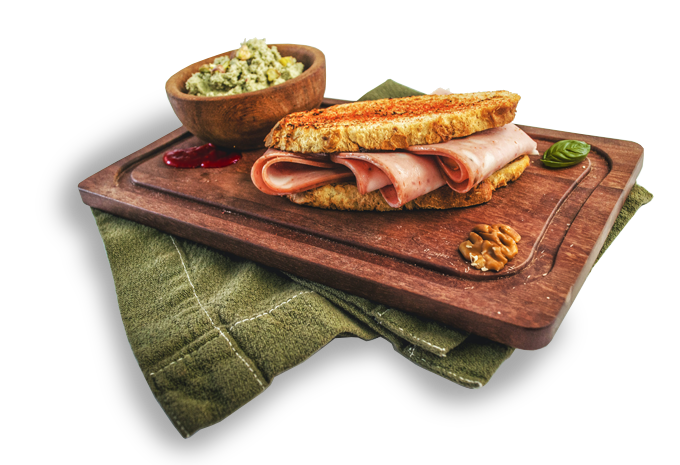Nell’ottavo secolo a.C. Yuan Chu inventò il wok, padellone semisferico che permise di friggere rapidamente, con un minimo di grassi, alimenti tagliati in piccoli pezzi, rispettando così la legge più importante della natura: l’economia. Per poter impugnare, senza ustionarsi le mani, gli arroventati manici di ferro del recipiente, Yuan Chu li avvolse con focaccette, realizzate con acqua e farina di riso, ebbero così origine le prime “piadine”. Si sa che Pitagora di Samo, oltre all’invenzione della famosa tavola, fondò a Crotone nel VI secolo a. C. una scuola i cui discepoli erano vegetariani. Si deve al matematico Pitagora, un involtino di fresche foglie di insalata immerse in una pastella di acqua e farina e cotte su pietra rovente, adatto a contenere bollenti lupini, semi di colore giallo crema di elevato contenuto proteico, come testimonia e conferma Vincenzo Corrado che dedica un capitolo del suo “ Cuoco Galante “, appunto al vitto Pitagorico, cioè vegetariano. Fu proprio grazie a questa creazione di Pitagora che il filosofo Zenone divenne stoico, poiché riuscì, dopo molti tentativi, ad inghiottire i lupini sopportandone “stoicamente” il furioso calore.
La tappa seguente ci porta a Roma, nel quartiere che corrisponde a quello della antica Suburra, esiste una via Panisperna, nome che in latino indicava pane e prosciutto.
Nel medioevo ogni pietanza un poco strana, era ritenuta opera del demonio, il cuoco creatore di nuove ricette, bollato come eretico, correva il rischio di finire sulla griglia; anche per questo motivo in quel periodo non si ebbero straordinarie creazioni culinarie, e l’evoluzione del sandwich segnò il passo. Nel XVII secolo nelle osterie francesi quali “l’oca bianca“ o “alla regina Margot“ si sostava più per gettarsi il guanto di sfida e per duellare che per gustare le specialità degli osti, i quali erano più occupati a sedare risse che a rinnovare o a creare pietanze nuove, cosicché ebbe un arresto anche il perfezionamento del sandwich.


Nel 1789 il popolo francese si rivoltò contro nobiltà, borghesia e clero. Fu questa l’occasione che spinse un popolano di nome Bourril a rivoluzionare anche alcuni tentativi precedenti nella confezione del sandwich. Racchiuse una fetta di pane tra due di formaggio Unico svantaggio, motivo anche di disagio per taluni benpensanti, fu la ricorrente moda del baciamano, consuetudine che neppure la rivoluzione era riuscita ad estirpare. Anche l’idea di Bourril morì nel nulla.
Finalmente nel XIX secolo abbiamo il vero padre del sandwich: l’inglese John Montagu, quarto conte di Sandwich, uomo politico, appassionato giocatore di carte. Ritiratosi a vita privata, passava tutto il tempo al tavolo da gioco ed era così appassionato e coinvolto da non volersi alzare nemmeno per dedicarsi al cibo e, pare, nemmeno alla moglie. Pensò dunque di farsi portare dal maggiordomo, direttamente al tavolo da gioco, una fetta di bacon, cosa che il fedele servitore fece, inserendola diligentemente tra due carte da gioco, onde evitare al suo signore di ungersi le dita, azione molto pericolosa per un appassionato di un gioco, nel quale l’ultima falange risulta indispensabile per far scorrere lentamente l’angolo di una carta sull’altra.
Essendo le finanze del Conte Montagu, piuttosto in ribasso, per via di alcune partite mal giocate, decise, di far sostituire le carte con due fette di pane, molto più economiche.
Montagu perfezionò poi la sua invenzione, imburrando le fette di pan carré, arricchendole con avanzi di cibi custoditi in dispensa come: salumi, formaggi, carne fredda, pâté, pesci conservati, insalata russa ed altro ancora.
Eugenio Medagliani
